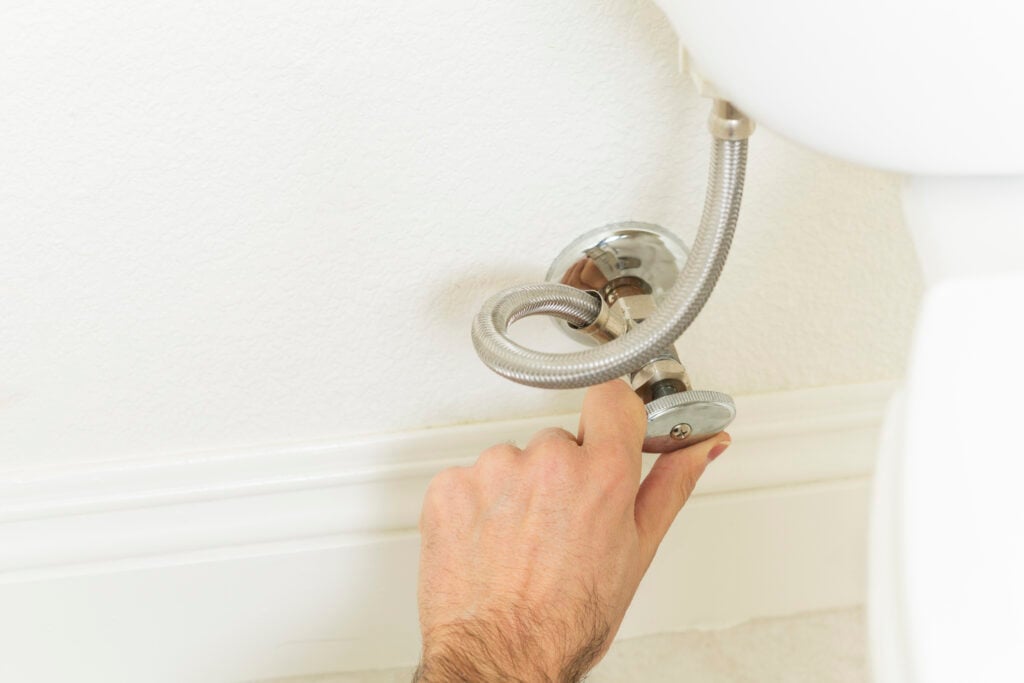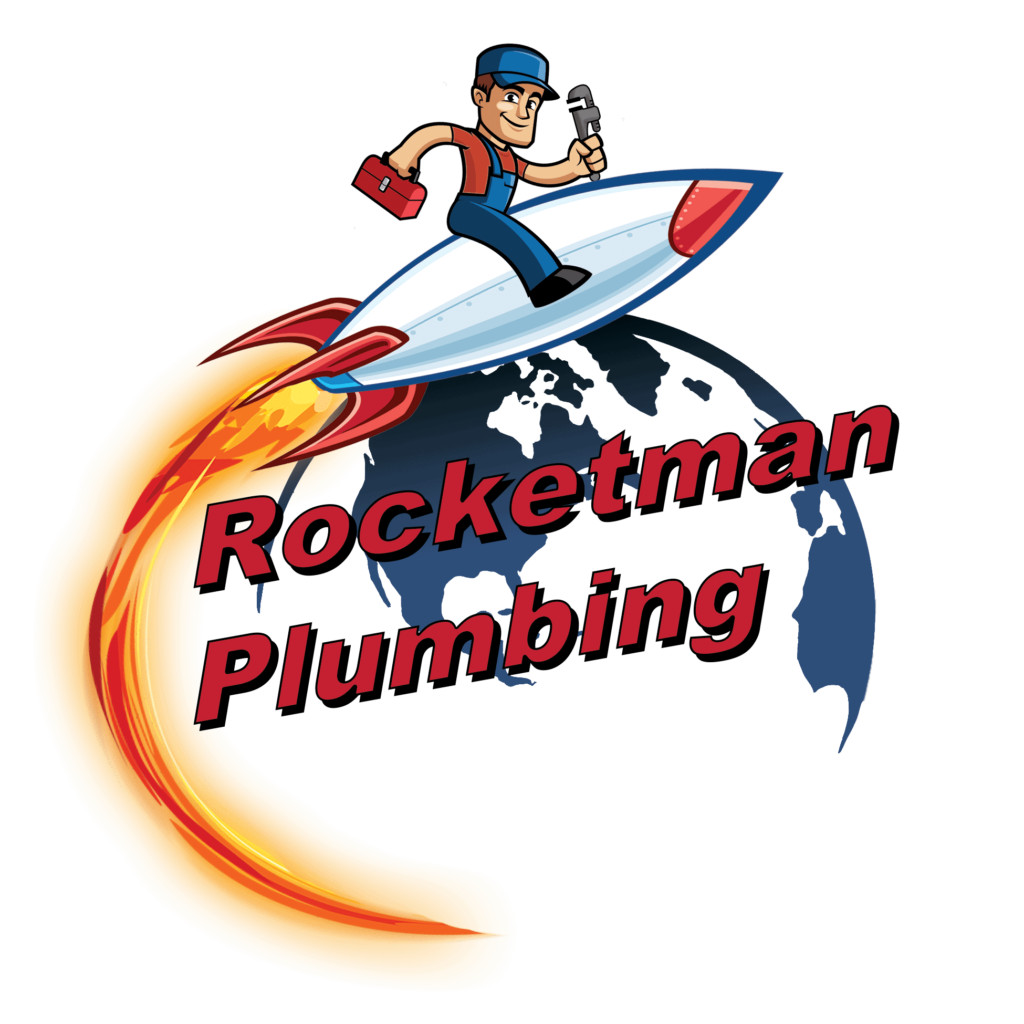
When you have a water emergency in your home, do you know where your water shutoff valves are located so you can get to them fast? Just as important, do you know if your valves are in good enough condition to shut the water off when you need it to? This is a detail that many homeowners and renters overlook in their home maintenance schedule.
Here are some questions about these shutoff valves that you should know the answers to.
1. What is a shutoff valve? It is a plumbing fixture that enables you to instantly control the flow of water in a pipe by closing or opening the valve.
2. Which fixtures have shutoff valves? Each sink, toilet or major water-using appliance has a shutoff valve. The house also has a main shutoff valve that turns off the water supply to the home.
3. Where are shutoff valves located? They may appear under a sink, behind a washing machine, at the top of a water heater, behind a toilet or near the source of water for an appliance. The shutoff valve for the home is typically located near where the main water line enters the home. This could be outside the house, near the water meter on an exterior wall or in a basement or crawl space.
4. When do you need to use a shutoff valve? To stop the flow of water due to a burst pipe, significant leak, or appliance or plumbing fixture repair.
The Proper Way to Maintain Shutoff Valves
What homeowners and renters may neglect to do is to test these valves and make sure that they work properly. These valves can corrode or seize up if they are not shut and opened up from time to time.
The best thing you can do is complete an inventory of all the shutoff valves in the home. As you do this inventory, you’ll find out where each one is located. Look for these valves:
- Bathroom sinks and toilets
- Hot water heater
- Washing machine
- Dishwasher
- Refrigerator
- Kitchen sinks
- Any other water-using major appliances
- Toilets
- Whole house shutoff valve
Tape your list up somewhere visible so you get reminded about it from time to time. Then, on a regular schedule, go around and turn each one off and then on again. As long as they work well, you’re in good shape!
What Happens if Shutoff Valves Are Seized Up?
What happens if the shutoff valve is frozen when you really need it, like when water is flooding out of a broken pipe or an appliance? The homeowner might have to resort to using a wrench to close the valve. It’s too easy to break the valve in the “off” position. Then the home or appliance has no water and we get called out to replace the valve.
The right thing to do is to test each valve annually. If you notice that it is getting rusty, corroded or hard to turn, call in a plumber to install a new valve.
Gate Valves vs. Ball Valves: Which is Better?
Older homes often have gate valves in all these locations but these are easier to break than newer types of valves. A gate valve can be identified by its round handle that looks like a wheel. It operates by lifting a gate inside the pipe that then blocks the flow of water.
A ball valve uses a rotating sphere inside the pipe that opens or closes the flow of water. A ball valve can be identified by its flat handle. Ball valves work faster. They are also easier to close which might be important for a person who has any physical impairment.
It is our recommendation to replace gate valves with ball valves before you need to rely on one. This is an easy task for any of our plumbers.
Rocketman Is Ready to Help with Seized Valves or Any Plumbing Problem!
Got a leak? A frozen valve? Sewer line that’s not draining? We are ready 24 hours a day, seven days a week. Call us at (505) 243-1227 for fast, reliable service in Albuquerque or surrounding communities
